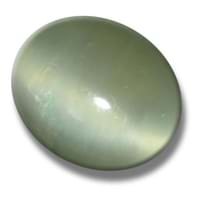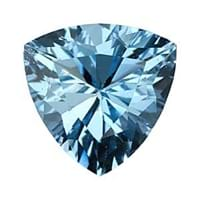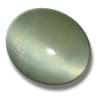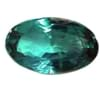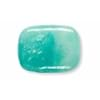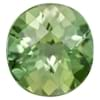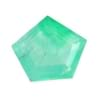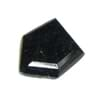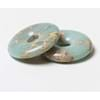Origin
Not Available, Southern and central Africa
Brazil, Madagascar, Mozambique, Pakistan, Russia, India, Sri Lanka, China, Color: blue to greenish blue, Hardness: 7.5, Refractive index: 1.57 1.59, Density: 2.67 2.75, Chemical composition: Be3Al2(SiO3)6, Crystal structure: hexagonal, Origins: Brazil, Nigeria, Madagascar, Mozambique, Pakistan, Russia, India, Sri Lanka, China. Aquamarine is a light blue or light greenish-blue variety of beryl, with darker stones being more expensive. Heat enhancement is often applied to enhance the blue color of aquamarines, but only clean pieces can be heated.
Color
Green, Black, White, Grey, Green, Black, White, Grey, Green, Black, gray, Black, Green, Black, gray, Black
Blue
Streak
White
Not Available
For which Rashi?
Not Available
Pisces, Aquarius, Pisces, Aquarius, Pisces, Aquarius
Planet
Not Available
Moon
Element of Planets
Not Available
Water
Energy
Not Available
Receptive
Finger
Not Available
Not Available
Ring Metal
Not Available
Not Available
Deities
Not Available
Poseidon/Neptune
Not to wear with
Not Available
Not Available
Powers
Not Available
Courage
Planetary
Not Available
Not Available
Talisman
Not Available
Not Available
Tenacity
Not Available
Not Available
Solubility
Not Available
Not Available
Durability
Not Available
Not Available
Specific Gravity
3.00
2.66-2.80
Fracture
Uneven, UnevenArthur Thomas, Gemstones (2009), Splintery
Not Available
Cleavage
perfect along {110}.
3,1 basal
Chemical Composition
Ca 2(Mg,Fe) 5Si 8O 22(OH) 2Ulrich Henn and Claudio C.
Be3Al2SiO6
Pleochroism
moderate
Not Available
Transparency
TransparentUlrich Henn and Claudio C. Milisenda, Gemmological Tables (2004) More from other references
Transparent, Translucent, Transparent to translucent
Refractive Index
1.613-1.628
1.570-1.592
Optic Character
Not Available
Not Available
Crystal System
monoclinic
Hexagonal
Birefringence
0.0250-0.0270
0.005-0.009
Clarity
TransparentUlrich Henn and Claudio C. Milisenda
Transparent to translucent
Neurological
Not Available
Not Available
Cardiovascular
Not Available
Not Available
Respiratory
Not Available
Not Available
Reproductive
Not Available
Not Available
Digestive
Not Available
Not Available
Psychology
Not Available
Not Available
Healing
Not Available
Not Available
Qualities Associated
Not Available
Not Available
Actinolite Vs Aquamarine Fracture
Fracture is an important parameter when you compare Actinolite and Aquamarine Physical Properties. It is necessary to understand the significance of these properties, before you compare Actinolite Vs Aquamarine fracture. Whenever a gemstone chip breaks, it leaves a characteristic line along its breakage. Such lines are known as fracture and are used to identify the gemstones in their initial stages of production when they are in the form of rough minerals. Fracture is usually described with the terms “fibrous” and “splintery” to denote a fracture that usually leaves elongated and sharp edges. Fracture observed in Actinolite is Uneven, UnevenArthur Thomas, Gemstones (2009) and Splintery.
Actinolite Vs Aquamarine Luster
A primary knowledge about Actinolite vs Aquamarine luster is useful in apparent identifications of these gemstones. Luster is the measure of light that gets reflected when incident on a finished cut gemstone. There are two major types of lusters: Silky and Adamantine. Since luster varies between two crystals of even the same gemstone, luster is limited to basic identification criteria. Actinolite exhibits Vitreous luster. Aquamarine, on other hand, exhibits Vitreous luster.
